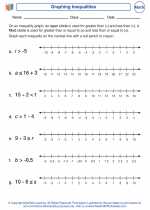Combining Samples in Statistics
Methods of Combining Samples
1. Simple Random Sampling
Explanation: Simple random sampling involves selecting a certain number of individuals from each sample at random and combining them to form a larger sample.
Formula: No specific formula is needed for simple random sampling, as the goal is to ensure that each individual has an equal chance of being selected.
2. Stratified Sampling
Explanation: In stratified sampling, the population is divided into subgroups (or strata) based on certain characteristics, and random samples are then taken from each subgroup. These samples are then combined to form the larger sample.
Formula: The formula for calculating the stratified sample size for each subgroup is:
Sample size for stratum = (Size of stratum / Total population size) * Desired sample size
3. Cluster Sampling
Explanation: Cluster sampling involves dividing the population into clusters, randomly selecting some of these clusters, and then including all individuals within the selected clusters in the sample.
Formula: The formula for calculating the cluster sample size is similar to that of simple random sampling, but the calculation is done at the cluster level rather than the individual level.
Study Guide
Key Concepts
- Understand the different methods of combining samples: simple random sampling, stratified sampling, and cluster sampling.
- Know when it is appropriate to use each method based on the characteristics of the population and the research objectives.
Formulas and Calculations
- Be able to calculate sample sizes for stratified sampling and cluster sampling.
- Understand the principles behind these calculations and how they contribute to the representativeness of the combined sample.
Real World Applications
- Explore real-world examples of when combining samples is necessary for accurate statistical analysis.
- Consider scenarios where each method of combining samples would be most effective.
Practice Problems
- Work through practice problems involving the combining of samples using different methods.
- Interpret the results and consider the implications of the combined samples for decision-making.
By mastering the concept of combining samples in statistics, you will be better equipped to analyze data from diverse sources and draw meaningful conclusions about populations.
.◂Math Worksheets and Study Guides Seventh Grade. Equations and Inequalities
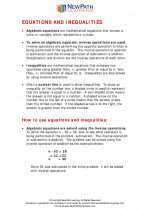
 Worksheet/Answer key
Worksheet/Answer key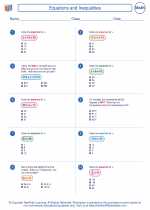
 Worksheet/Answer key
Worksheet/Answer key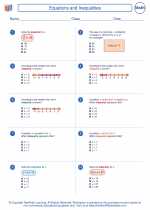
 Worksheet/Answer key
Worksheet/Answer key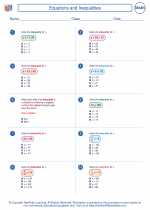
 Worksheet/Answer key
Worksheet/Answer key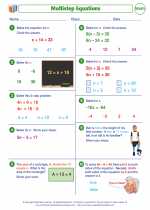
 Worksheet/Answer key
Worksheet/Answer key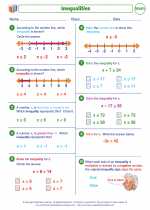
 Worksheet/Answer key
Worksheet/Answer key